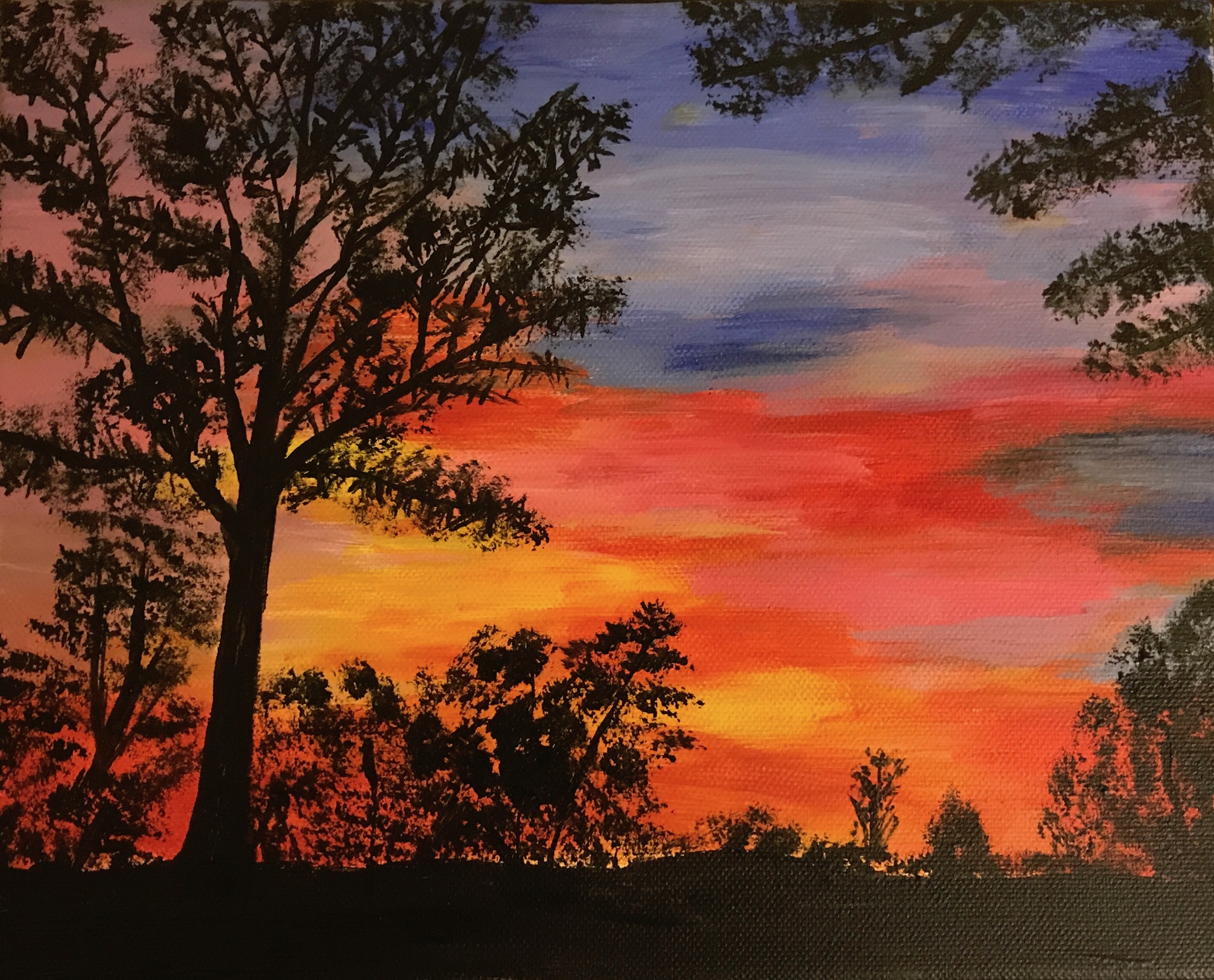
What does depression (and anxiety) look like?
Most commercials for antidepressants show people in despair, lying on a couch crying or dressed in baggy clothing with unkempt hair.
Is that what depression looks like? Yes. Sometimes.
But often, depression can look like a person who has their shit together. A career woman who gets things done. A soccer mom with perfect hair and perfect kids. A lawyer. A doctor. A musician. An artist. A movie star. A writer. Me.
Anxiety medication ads often depict a person having a panic attack, complete with hyperventilating, rapid heartbeat and sweating.
So that’s what anxiety looks like, right? Sure. Sometimes.
It also can look like standoffishness. Indifference. Disengagement. Irritability. Forgetfulness. Me.
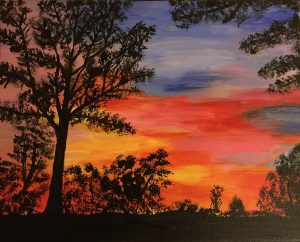
So now that I have painted a picture both literally and figuratively, what does it feel like to have both depression and anxiety? I don’t know what it feels like for everyone else, but I can share what it feels like to me.
Sometimes I feel like an actress playing the part of who I’m supposed to be: a successful career woman, wife and mother. I get out of bed, even though I want to stay there all day sometimes because I haven’t slept well the night before. I shower, apply makeup, fix my hair, get dressed and go to work. I work hard, and never have enough time to get everything done. I come home, take care of my family, get my children into bed and then sit down to rest because I am physically exhausted from the act of pretending to have it all together all day. When my bedtime comes, borrowing lines from “Pennyroyal Tea,” my favorite Nirvana Song, “I’m so tired, I can’t sleep.” My mind won’t shut up.
Sometimes it feels like I’m screaming at the top of my lungs, but no one can hear me. I feel like no one sees me because I’ve let myself become invisible. All that shows is the facade. The puppet. The actress. The person who hasn’t been completely authentic in several years.
Mental illness is getting more attention than it once did, unfortunately, due to some celebrity suicides. I hope mental illness no longer has the stigma it once had. It’s becoming more accepted for people to admit when they need help. Even so, it was hard for me to admit that I needed help the first time I suffered from depression and anxiety when I was in college. In fact, I only got help for the anxiety. I was afraid to leave my apartment for a while. Leaving to go anywhere—class, work, into a social situation—all caused cold sweats, rapid heart rate and sometimes a full-blown panic attack. All the textbook definitions of anxiety. I refused to believe that the depression from which I was also suffering was the result of anything other than an extreme case of broken heart.
Medication for anxiety that I took for six months when I was 21 helped me. I justified that I only needed “help” for a little while to get over the hump that made me feel like my life was spiraling out of control. At the time, I thought the medication I was taking had zapped my creativity. But it wasn’t the whole reason. I was also suffering from depression that I wasn’t treating. My way of dealing with it was to shut off my feelings, and by doing so, I shut off my usual outlets for dealing with it. I stopped drawing. I stopped painting. I stopped writing.
What did I do? I worked like hell to get a master’s degree that I wasn’t sure I wanted. Because I didn’t know what I wanted to do and figured the two years to get the degree would give me more time to figure it out. I watched every television program I could and became engrossed in the characters’ lives.
Years passed, and I never got treatment for depression. I thought I was happy. Maybe I was. I got distracted by life: my job, meeting Jonathan, my marriage, my children. But sometimes I cried in the shower. Alone. I think mild depression was always there, in the background. Dormant at times maybe? I don’t know. Does it always come back when you’ve tried so hard to ignore it?
Stress from my job and the pressure (from myself) to be perfect during the past few years has brought my anxiety and depression back to the surface. In February 2016, I began having nightmares and suffering from insomnia. Since I couldn’t sleep, I started writing again. I picked up my novel, Caroline’s Lighthouse, that I originally wrote in 1997 at age 15. I had revised it at 18, again at 21 for a screenplay writing seminar in college, and had attached post-it notes to the manuscript sometime around 2006. It had been more than ten years since I had touched it.
So I touched it. A lot. I rewrote the entire novel late at night from February-July 2016. I had some dear friends read it. They liked it. I found a publishing company and went for it. I figured, what was I waiting for? I wasn’t getting any younger. Accomplishing this dream I’d had since I was 13 would make me happy, right? It did, for a little while.
I started this blog in late July 2016 and wrote some new things, very personal things, that got a lot of hits. I began back-filling with material I had written during college. Reading all that stuff I wrote back then, including my journal from that time in my life, frightened me. I won’t say I had forgotten what all had happened, but I had blocked out a bunch of it. I had blocked out a lot of the feelings that had been too painful for me to deal with at the time.
In August 2016, I sought treatment for anxiety and insomnia. My doctor saw through it and diagnosed me with depression. So I started taking an antidepressant for the first time in my life. The particular medication I am taking has the added bonus of causing mild drowsiness. Taking it right before bed helped me fall asleep and stay asleep for the most part. If I went to bed too early, I still woke up at 4 a.m. wide awake to worry about things I couldn’t control and couldn’t change.
I started working on another novel, Jordan’s Sister, which is based on characters I had created at 14. I just recently finished it and heard back from two out of my four test readers. I am allowing myself to be proud.
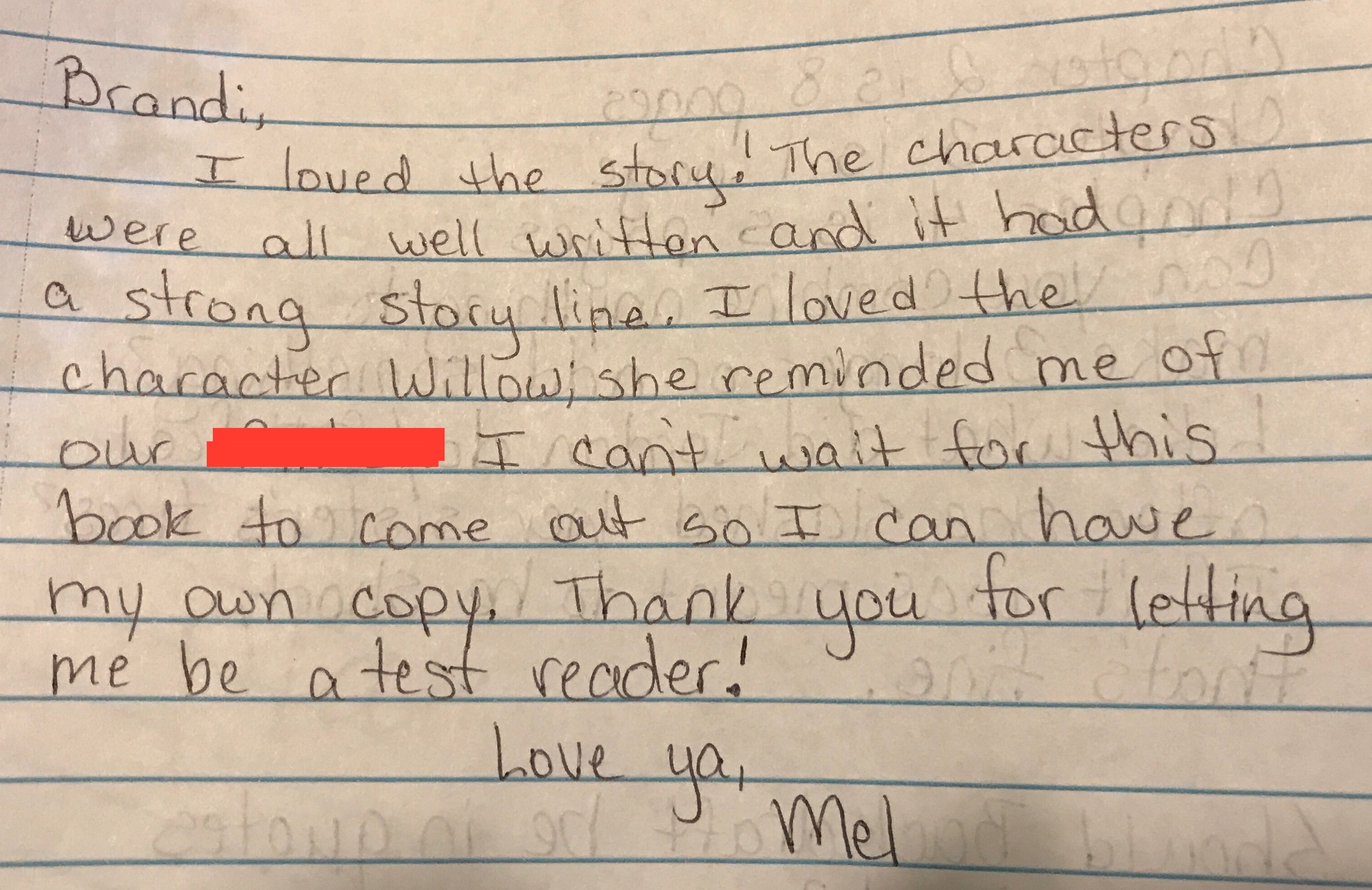

It was almost 100 % new writing about some twenty-somethings who were dealing with a lot of pain. I tried channeling the pain I was feeling into the novel. And it helped, for a little while.
Soon, the medicine wasn’t enough anymore. The panic attacks started again. My insomnia got worse. The stress at work got worse. I didn’t like who I saw when I looked in the mirror each morning. I realized that medication alone wasn’t enough, and I had to get to the root of my problems because they were choking me. There’s a song by Sia that really speaks to me. It’s called “Breathe Me.” I especially relate to these lines: “Yeah, I think that I might break/Lost myself again and I feel unsafe.” I wrote a poem called “Truths Left Unspoken,” in which I used this line:
When there is too much stress to face,
I want to leave this unsafe place.
The “unsafe place” was my own mind.
So here it is: I started seeing a therapist. One who saw right through my bullshit facade. Immediately she told me that my biggest problem with depression was that I wasn’t being authentic. I think I knew that already. My lines in “Scars,” the first poem I had written in 11 years (and my first one to get published by an outside source) said just that.
I’m a fraud who’s lost part of herself
Along the way. I have to get it back.
The therapist challenged me to dig deeper with my writing. Hence my new poetry and new challenges for myself. I wrote another poem, “A Walk in the Rain.”
Trapped within the rose-printed wallpaper,
She stood in silent perfection
In thorns that drew no blood.
She challenged me to be artistic again because that’s who I am. I am an artist. It’s hard to do when you’re a perfectionist because art is never perfect.
It hurt like hell to paint again, and it might hurt worse to draw again. But I will do it. I am working my way up to it. Working on art was so difficult because I had associated it with a particular person who had been in my life during my most critical creative time from ages 18-20. I had thought that art couldn’t be mine anymore. I started with water color painting because I associated it least with that person.
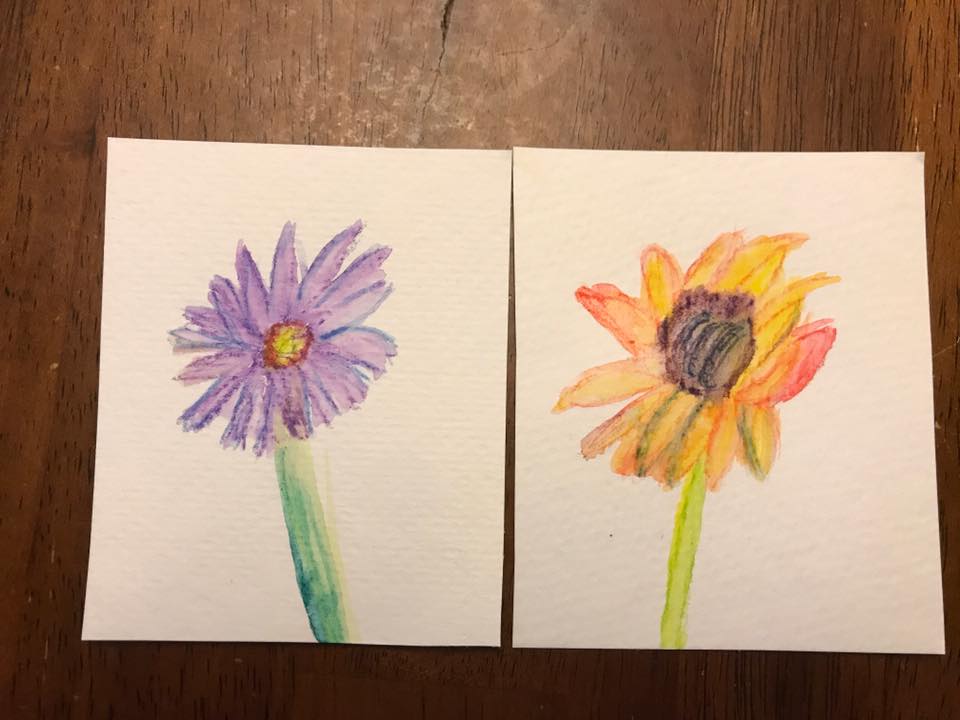
Next, I did the acrylic painting that is the featured image for this post. I plan to work on a pastel drawing next, and last will be my true favorite visual art form—a black and white pencil drawing. My goal is to have those completed by the end of the year.
Something no one tells you about healing is that it can hurt, and it can be scary. I am working on both my mental health and spiritual health at the same time. I’ve been praying a lot for peace and forgiveness. This song, “Shake it Out,” by Florence and The Machine really sums up how I feel, especially these lines: “‘Cause I am done with my graceless heart/ So tonight I’m gonna cut it out and then restart/ ‘Cause I like to keep my issues strong/ It’s always darkest before the dawn.” The song is about fighting good vs. evil within your own heart trying to recover from mental illness.
It’s not about relying on something or someone else to make me happy. It’s not about missing a person who’s gone. It’s about the damn chemical imbalance in my brain. It’s about missing me. I was never gone, but I was in hiding because it’s scary out here. It was scary to admit that I needed help. Scary to admit that I felt depressed again because the last time I had felt that way was when I was still young and almost threw it all away. I felt like a selfish asshole because I had everything I’d ever wanted, but it wasn’t enough. Why couldn’t it be enough?
My theme song for this time in my life is “Sick Cycle Carousel” by Lifehouse, “When will this end/ It goes on and on/ Over and over and over again/ Keep spinning around/ I know that it won’t stop/ Till I step down from this for good.” I know that I can’t go back into the cycle of pain from the past.
I’m not suicidal now like I was back then, but healing now means dealing with my feelings from the past. I have to forgive myself. I feel like I am reaching back in time to when I was 18 years old. I am taking the hand of that beautiful, authentic young woman I used to be who was so full of dreams and so sure that everything would be okay. I am pulling her out of the darkness and back into my life—her life. I am holding her and carrying her through all the pain she never dealt with properly.
I wasn’t strong enough to heal her then, so I boxed her up and kept her safe the only way I knew how. I am healing her now because I am finally strong enough to do so.
-Brandi Easterling Collins

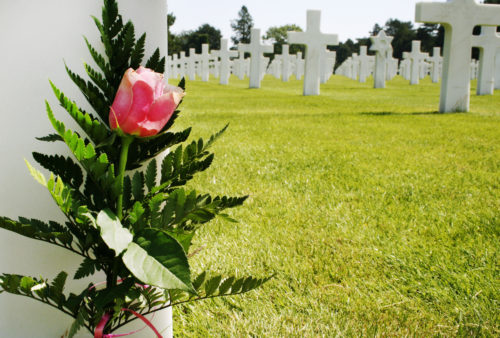
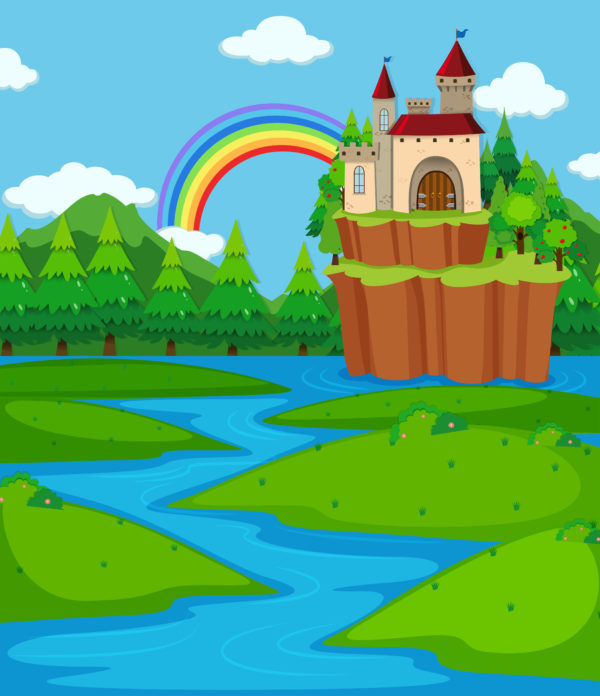

2 Comments
KT Daxon
Great post! I can sympathize with you so much here. The only difference is, I wasn’t afraid of the stigma. I wanted to get help and did everything I could to be heard. Then, like you, I felt like I was standing naked in the middle of a crowded room, only to be ignored, or brushed aside. The stigma is so much more than the fear of speaking up (and I know you know this). The stigma is also about actually getting the treatment we deserve. Had I not had the insurance I did to cover the 3-4 sessions with 3-4 therapists, and I had to pay out of pocket? Well, let’s just say it might not have been pretty.
We need to stop making people feel crazy for speaking up. Because to me, the crazy ones are the ones who have a problem with those who need help doing so.
We need to stop pissing away at someone pouring their hearts out to us as if they are just “overwhelmed” or “just worked up.”
We need to stop accepting that this isn’t an issue that needs to be addressed and fix it.
I use the term “we” here because WE are supposed to be a UNITED country! Yet, we want to compartmentalize everyone by how they look, act, speak, or believe.
I won’t get on a soapbox, but damn! I never want my daughter to have to type up a story like mine, or yours, in 10 years, ya know?
caniscareyou
Thank you for reading and commenting. It took me a long time to become unafraid of the stigma.